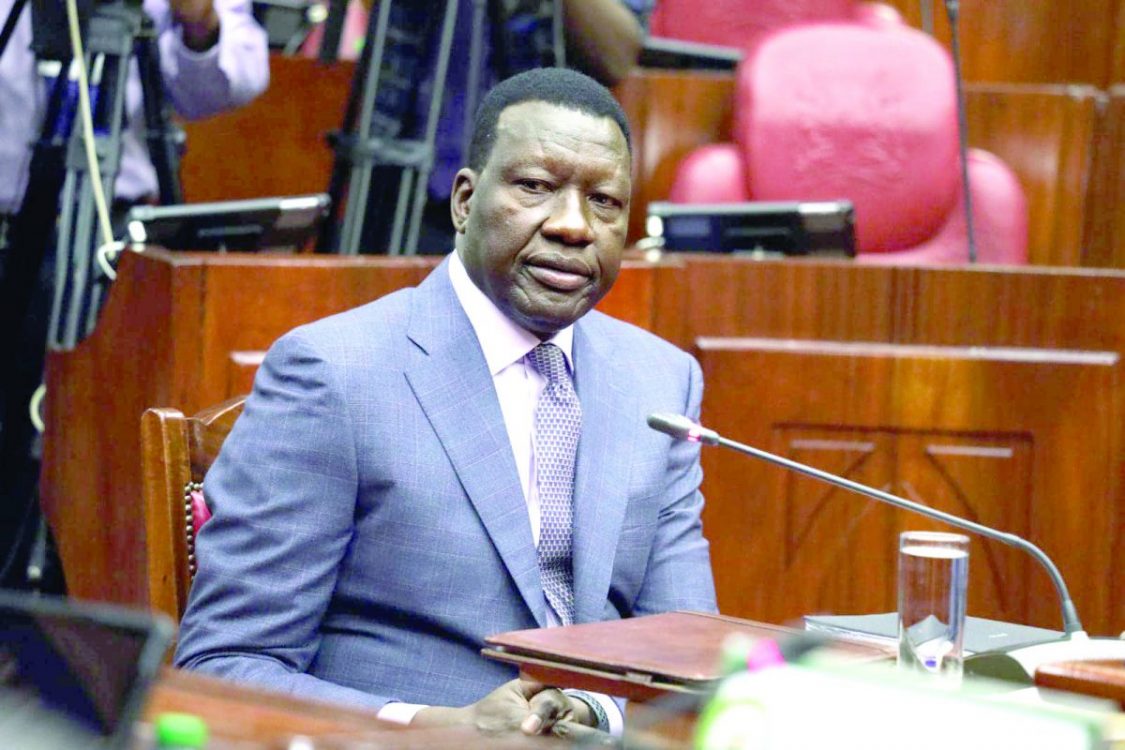Experts split over shilling performance by year end

The question of whether the shilling is showing no further signs of weakening or will continue on a free fall against the US dollar draws mixed reactions depending on who one talks to.
Since the onset of Covid-19 in March 2020, the local currency has flirted with every global economic shock as it continues to search for direction.
BMI Research, for instance, an affiliate of Fitch Solutions that provides macroeconomic, industry and financial market analysis predicted in April that the shilling will depreciate by 13.5 per cent against the US dollar, closing the year at Sh140.
“We project that the Kenyan shilling will depreciate by 13.5 per cent against the US dollar in 2023, closing the year at Sh140/USD,” says the firm in its Q2 macroeconomic update, further noting that the inflation – which slowed last month to 7.9 per cent, is likely to remain elevated in 2023, averaging 7.5 per cent.
That fall, which has been consistent for several months now, coupled with challenges in accessing dollars, has seen investors flee the Nairobi Securities Exchange, according to Absa Bank Kenya, which on its part, sees the shilling hitting Sh150 against the US dollar by the end of the year.
“The trend will keep on for the rest of this year. This year, as much as inflation is expected to ease heading towards the statutory level, we forecast the shilling to continue weakening on the backdrop of steady interest rates which are already on post-Covid highs,” said the Head of FICC Research and Chief Economist for Absa Bank Kenya, Jeff Gable.
Same fears were also shared by Safaricom Chair Adil Khawaja last week when responding to queries on share price, to which he gave an indication that there could be additional issues with dividend repatriation for foreign investors that relate to dollar availability.
“There has been some difficulty in taking the dividends out, which then puts a little bit of pressure on some of the funds that are holding these shares,” he said.
Several reasons have been floated on why the shilling has performed so badly this year, including interest rate hikes by the Federal Reserve Bank of the United States, a situation that has resulted in the US dollar rising in value relative to other currencies, including the shilling.
Balance of payments
Genghis Capital in March said it expects the shilling to trade as low as 161.40 per dollar by year-end on dwindling foreign-exchange reserves, and a deteriorating balance of payments.
But Charlie Robertson, global chief economist at Renaissance Capital in his predictions to African Business, says a “worst-case scenario”, which would involve the government defaulting on its debt, “could send the shilling weakening to 20-30 per cent below its long-term average rate of 168-182/$ by the end of 2023.”
The local currency depreciated by 0.4 per cent against the dollar, closing the week ended on May 7, 2023 at Sh136.4, from Sh135.9 recorded a week earlier. It closed the week at Sh134.58.
On a year-to-date basis, the shilling has depreciated by 10.5 per cent against the dollar, adding to the 9.0 per cent depreciation recorded in 2022.
Concerns remain high on the future performance of the shilling given the current pressures as well as the dwindling country’s forex reserves and the rising debt level – whose servicing is projected to increase by 34 per cent in the year 2023 from Sh930.35 billion to Sh1.25 trillion.
Economic experts like Peter Macharia who also runs a digital lending firm Jijenge Credit ltd, shares the same pain and frustration, but he’s upbeat about a possible flip-up in the currency performance in the coming months.
“Usually, across the globe, a strong dollar makes a bad situation worse for the rest of the economies, especially developing markets like ours. But I would expect things to improve in the coming months based on the fiscal policies being executed by the government through the Finance Bill,” he adds.
That optimism springs from recent sentiments by the Energy Cabinet Secretary Davis Chirchir, who is convinced that the US dollar-shilling rate should ease soon to below 130 from its current levels as a result of the Government-to-Government oil deal.












